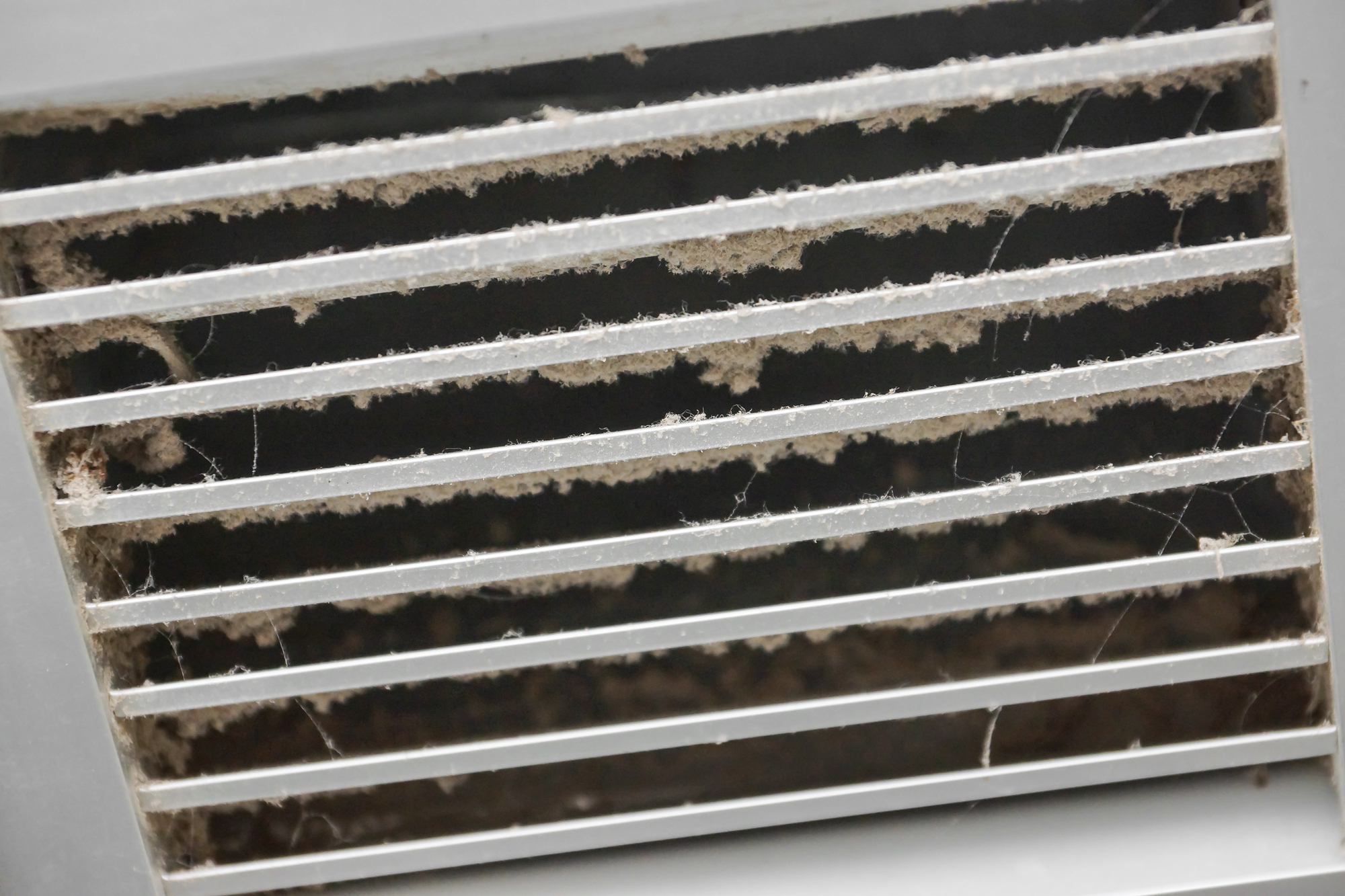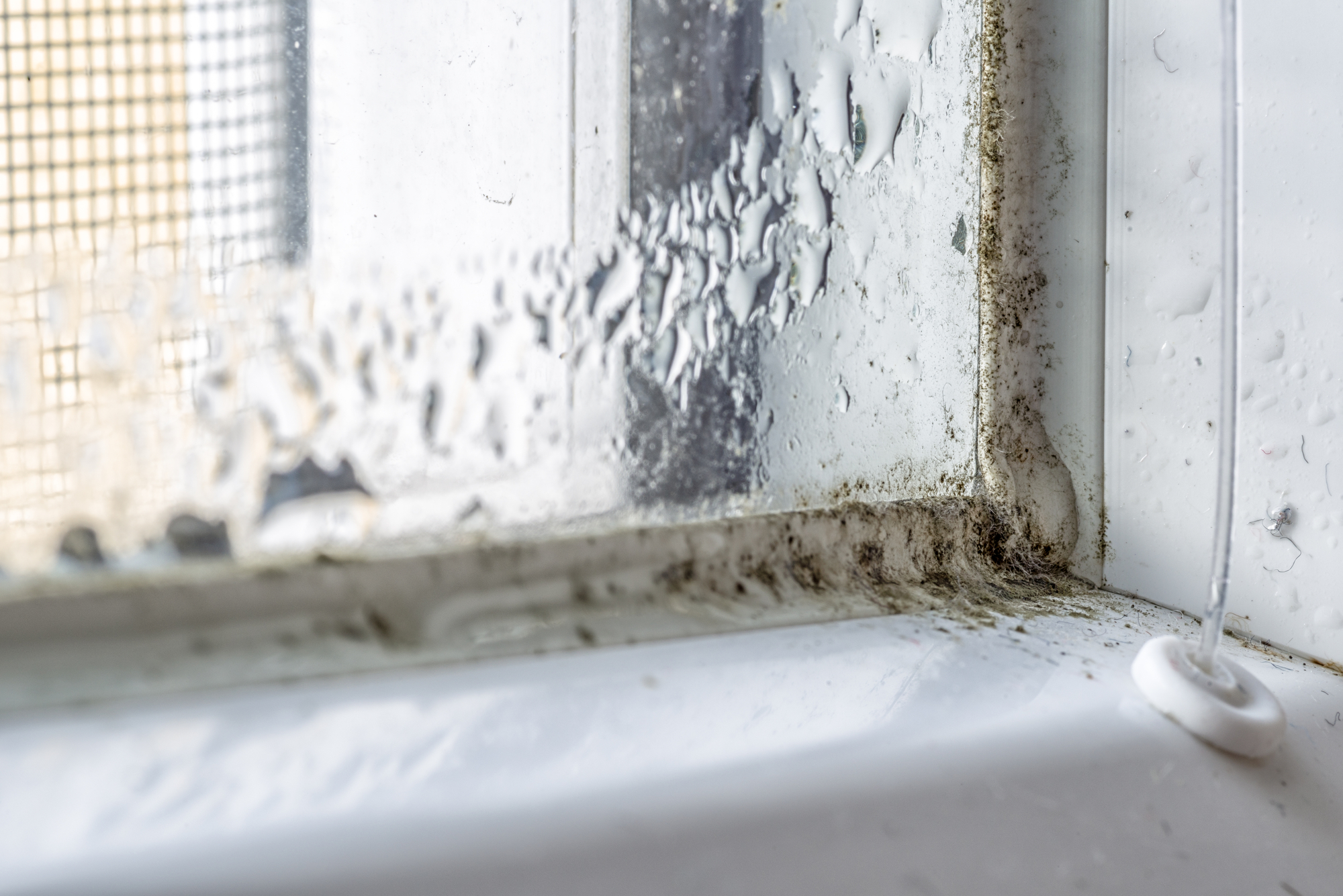Summer pollen allergies and your indoor air quality

July 7th, 2021
Summer pollen allergies or “hay fever” as it is commonly called, can have a significant impact on allergy sufferers and those with respiratory conditions including asthma. Ensuring that you have a high quality of indoor air is an important step to easing the symptoms and helping everyone breathe easy during periods with high pollen counts.
And that’s where we come in!
As your Ottawa and Gatineau clean air specialists, the team here at Solution D’Air will share some tips for how to keep pollen out during hay fever season so that even those with the most severe summer allergies can enjoy the season. If you have questions about your indoor air, don’t hesitate to reach out – we’re here to help!
What Is a Pollen Allergy?
Pollen is a fine, dry dust which is released each spring, summer and fall from plants to travel in the wind and fertilize other plants of the same species. Different types of trees, weeds and grasses follow their own pollination schedules which can often overlap and make it seem like a never-ending cycle of green and yellow powder on our cars, patios, and in our noses.
Common allergenic pollens in the Gatineau, Ottawa and Outaouais region include:
- Alder (March-June)
- Ash (April to June)
- Beech (April to June)
- Birch (March to June)
- Cedars, Junipers and Yew (March to June)
- Chestnuts (May to July)
- Elm (April to May)
- Grasses (May to October)
- Hemlock (May to June)
- Hickory (May to June)
- Maple (March to May)
- Nettles (June to September)
- Oak (April to June)
- Pine, Fir and Spruce (April to July)
- Plantains (June to October)
- Poplar, Cottonwood and Aspen (March to May)
- Ragweed (July to October)
- Sagebrush (July to October)
See what we mean by never ending cycle? Our region is rich with diversity in its trees, grasses and plants, and with that comes a very long pollen season each year. For those with seasonal allergies, taking steps to ensuring high quality indoor air is especially important.
Symptoms of a pollen allergy include:
- runny nose and mucus production
- sneezing
- itchy nose, eyes, ears and mouth
- stuffy nose (nasal congestion)
- red and watery eyes
- swelling around the eyes
Once pollen has been introduced into your home, whether transferred from shoes, clothing, pets or through open windows, it can remain on floors, carpets, bedding and surfaces for extended periods of time and cause these symptoms to last even longer. Taking extra precautions to house clean and filter your air will go a long way to minimizing these symptoms.
Filtered Indoor Air – the best defence against pollen
The best defence against seasonal pollen when indoors is by using a HVAC or ductless air conditioner to filter out any pollen dust that makes its way into the home. By keeping windows closed and relying on your system’s filter to capture the small particles of pollen, allergy sufferers are able to reduce their symptoms. Some homeowners opt for higher quality and hypoallergenic filters during peak pollen season to increase their level of protection.
Remember: it is important to change your HVAC air conditioner or furnace filter, and clean your wall-mounted air conditioner on a regular basis during pollen season so that it doesn’t become clogged and make your motor work harder than it should.
Other DIY ways to keep out pollen
In addition to running your clean air conditioner during allergy season, there are a number of other simple things you can do to help reduce the amount of pollen in your home. By taking these easy steps, you can help to maintain the high quality of your indoor air created by your HVAC and wall-mounted ductless air conditioner.
5 tips improving your indoor air quality by reducing pollen:
- Shower and fully shampoo your hair before bed to remove any pollen that you’ve collected throughout the day and keep your bedding pollen free.
- Wash bedding in hot, soapy water once a week.
- Keep pets indoors or limit close contact with them if they’ve been outside on high pollen count days. .
- Immediately change out of outdoor clothes when entering your home. Launder them before putting them away or wearing them again.
- Dry your clothes in a clothes dryer, not on an outdoor line on days with a high pollen count.
Trust the professionals
If you are ready for some outside help to improve your indoor air quality to reduce summer allergies, please contact us. We can help assess the main reasons for poor indoor air quality in your home and offer solutions to help you and your family breathe easier. We serve the Gatineau, Ottawa and Outaouais region for residential, commercial and industrial clean air needs.









